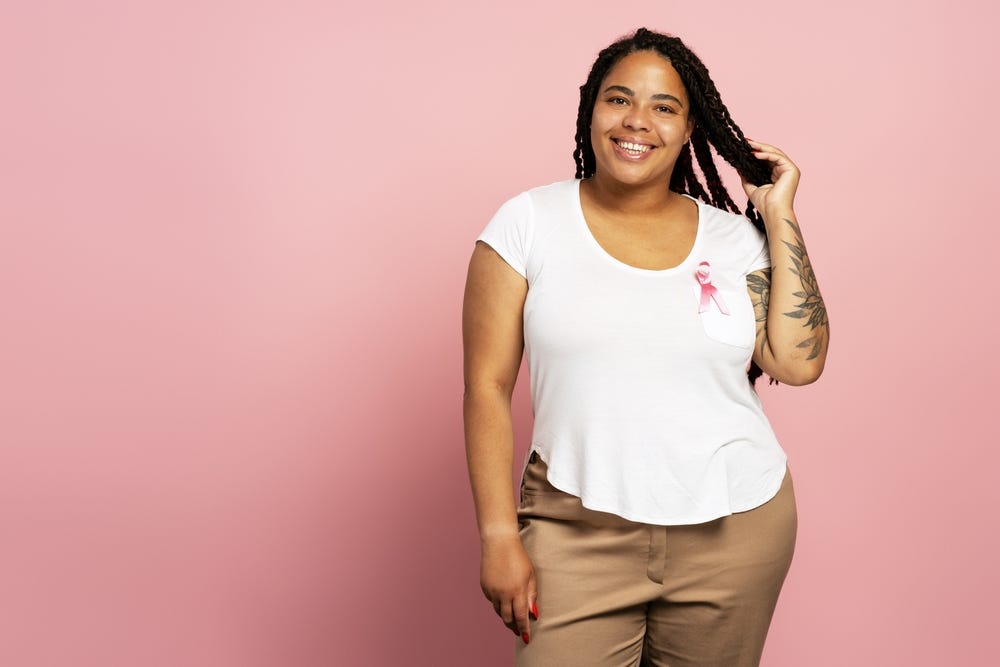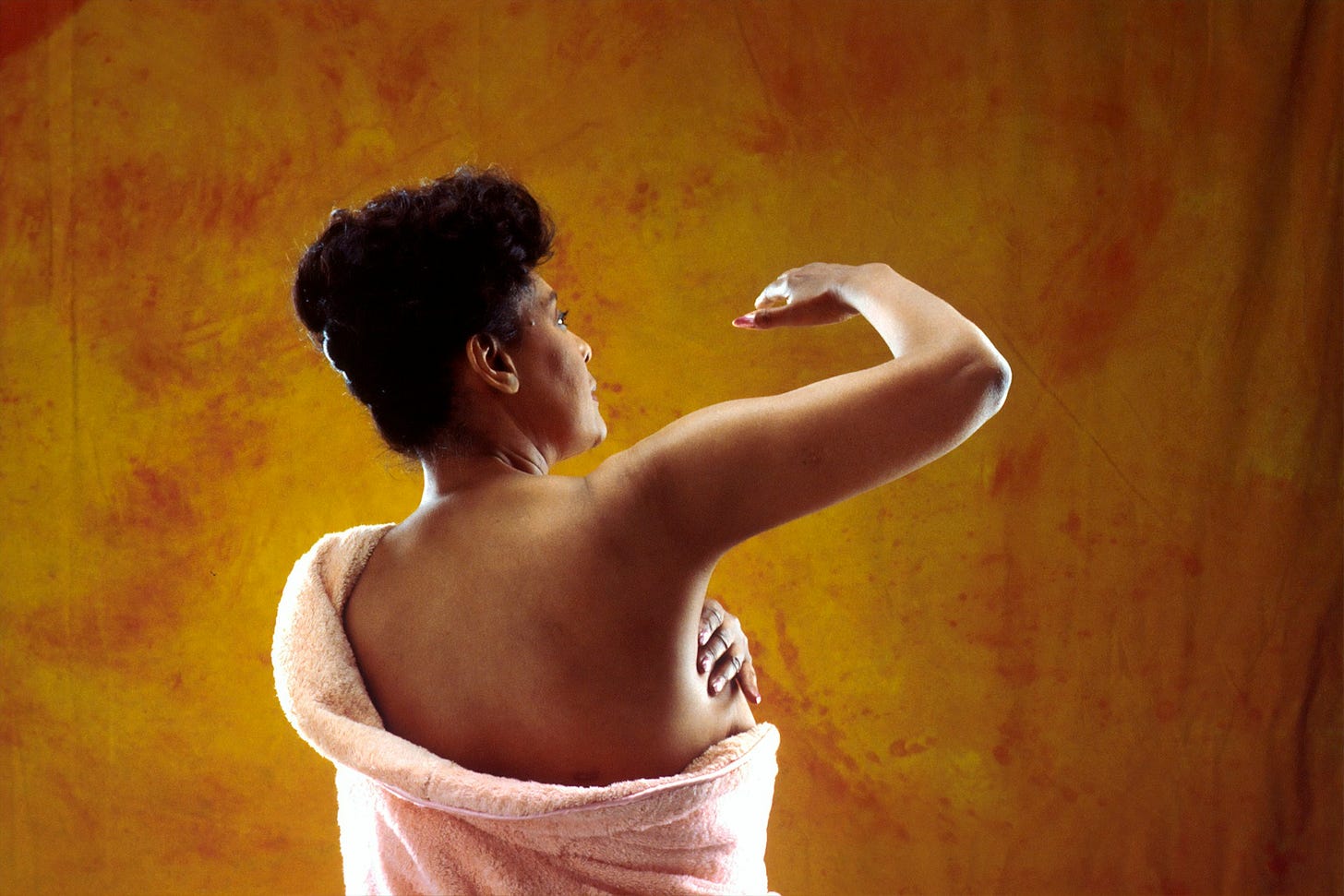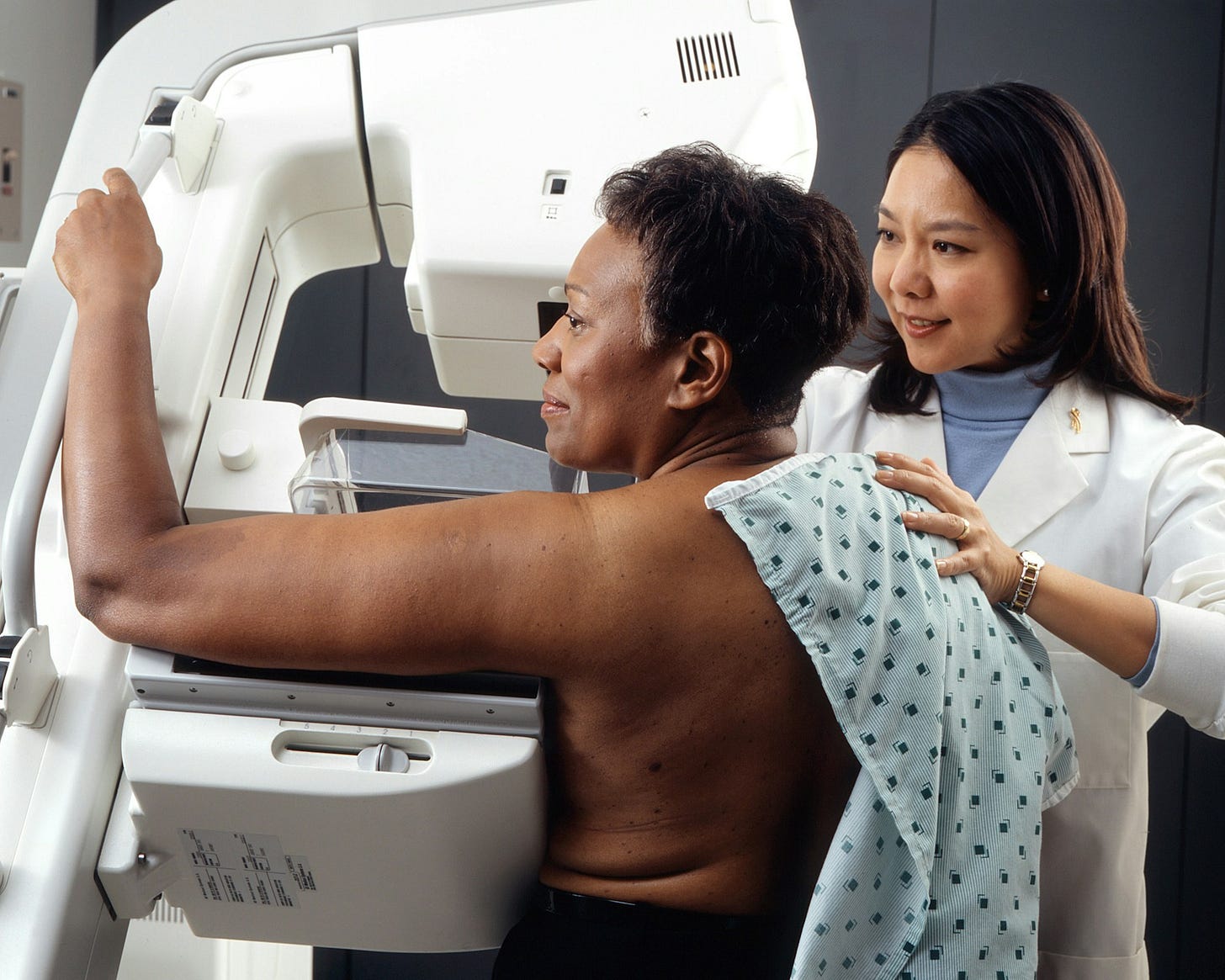Breast Cancer Awareness Month 2025: 13 Surprising Facts That Could Save a Life
Every October, millions worldwide unite for Breast Cancer Awareness Month, a time dedicated to spreading knowledge, encouraging early detection and supporting ongoing research.
As we move along these thirty-one days filled with heartfelt symbolism, engaging walks and impactful campaigns, it’s also important to note that the conversation about breast cancer not only raises awareness but reveals lesser-known, sometimes overlooked facts about the disease.
Today, breakthroughs in screening, genetics, lifestyle understanding and technology are transforming our methods for fighting breast cancer in unprecedented ways. These fresh perspectives are uncovering surprising information, offering new effective prevention strategies and introducing the latest innovations in monitoring and treatment.
Experts say that these insights can be life-saving when integrated into our daily lives. And by consistently sharing this information, we empower each other to take proactive steps in the fight against breast cancer, ensuring that awareness leads to meaningful action.
Here are 13 ways to continue the conversation, according to specialists.
1. Breast Cancer Doesn’t Exclusively Affect Women
Many people believe that breast cancer is a women-only issue, but men can get it too - about 1 in every 100 men will be diagnosed with breast cancer in their lifetime. Surprisingly, despite stigmas that can make it tough for men to seek help or even talk about breast cancer, the annual incidence rate in men is on the rise.
2. Early Detection Involves More Than Just Mammograms
Mammograms have long remained the touchstone for breast cancer screening, but increasing AI-assisted technologies like 3D mammography (or tomosynthesis), breast MRI and molecular breast imaging are taking it to the next level, especially for women with dense breasts, where traditional mammograms can sometimes miss crucial details.
As more clinics embrace newer imaging, doctors are seeing a major drop in false negatives and the ability to catch cancers at earlier stages.
3. Dense Breast Tissue Raises Risk
Women with dense breast tissue face a higher risk of breast cancer and unfortunately, they also encounter challenges when it comes to detecting tumors through traditional mammograms.
Many women aren’t even aware of their breast density, which is a crucial risk factor in breast health that shouldn’t be overlooked. Because dense tissue can mask tumors, doctors say it’s important for those with high breast density to discuss additional screening options with their healthcare providers.
4. Lifestyle is More Critical Than Genetics
While most BRCA1 and BRCA2 gene mutations are associated with a high risk of breast cancer, it’s actually surprising that they are responsible for only about 5 to 10% of breast cancer cases.
This could mean that a vast majority of breast cancers might be shaped more by our everyday choices and environmental factors. Things like diet, alcohol consumption, physical activity and exposure to harmful chemicals play significant roles in influencing our breast cancer risk. However, doctors warn that this is a complex phenomenon and if not understood under the guidance of a specialist, might lead to a false sense of security.
5. Being Overweight After Menopause Greatly Increases Breast Cancer Risk
Postmenopausal women who are overweight or obese face up to a 40% higher risk of developing breast cancer compared to those who maintain a healthy weight.
The reason behind this alarming statistic has a lot to do with excess body fat, which produces more estrogen - a hormone that can fuel hormone-sensitive cancers like breast cancer. According to the American Cancer Society, when estrogen levels are elevated, it can create an environment that promotes cancer cell growth. They also emphasize that estrogen itself doesn’t cause cancer; it acts as a catalyst for cancer cells that have already developed and are sensitive to hormones.
6. Breastfeeding can Reduce Risk
Breastfeeding for a total of one year or more across pregnancies can actually lower the risk of breast cancer by about 4 to 5%. This isn’t just a random statistic; it’s linked to some pretty interesting hormonal changes that happen in a woman’s body during this time.
When a woman breastfeeds, her periods can be delayed, which means her exposure to estrogen over her lifetime is reduced. Lower estrogen levels are significant because high lifetime exposure to this hormone is a known risk factor for breast cancer.
7. A Woman’s Menstrual and Reproductive History Influences Risk
Women who start menstruating early (before the age of 12), or hit menopause late (after age 55) are at a higher risk for breast cancer, due to the longer exposure to hormones. Additionally, women who never give birth or decide to have their first child after 30 also find themselves in a higher risk category.
8. Alcohol is a Risk Factor
Even moderate alcohol consumption - just three drinks per week - can surprisingly ramp up breast cancer risk by 15%, a statistic that catches many off guard.
It’s easy to overlook alcohol as a potential villain in the cancer conversation because it’s often overshadowed by other lifestyle choices like smoking or diet. People tend to think that a couple of drinks here and there aren’t a big deal, but this new data highlights how even small amounts can have a significant impact on health, particularly for women
9. Exercise Serves as a Natural Defense
Regular physical activity can significantly reduce the risk of breast cancer by up to 25%, making it an essential part of a healthy lifestyle. Engaging in just 150 minutes of moderate exercise each week—think brisk walking, dancing, or cycling—can work wonders for your body. Exercise helps regulate hormones, which is crucial since hormone levels can influence cancer risk. Plus, it boosts your immune system, helping your body fend off various diseases, and reduces inflammation, which is linked to many health issues, including cancer.
10. Not all Lumps in the Breast are Cancerous
Finding a lump can be horrific, but it’s important to remember that about 8 out of 10 breast lumps are benign, which can be a huge relief for many. Still, no matter the odds, it’s crucial to have any lump checked out by a doctor for peace of mind and proper evaluation
11. Vitamin D Could Serve a Protective Function
Studies suggest that higher levels of vitamin D might be linked to a lower risk of breast cancer. This essential vitamin, often obtained from sunlight, supplements and fortified foods, seems to play a role in safeguarding against the disease.
However, while the connection is promising, it’s important to note that this research is still ongoing to fully understand how vitamin D impacts breast cancer risk.
12. Breast Cancer Can Often Go Unnoticed
Not all breast cancers are the classic lump-in-the-breast type that most of us tend to think of. Some can be sneakier, showing up in ways that might not immediately raise alarm bells.
According to cancer.org, you might notice skin dimpling that gives the breast a textured appearance or changes around the nipple, like inversion or discharge. Swelling or redness can also be subtle signs that something isn’t quite right. It’s easy to overlook these symptoms, especially since they can resemble harmless skin issues, but being aware of them is crucial. Noticing these subtle signs can lead to earlier diagnoses, which significantly increases the chances of successful treatment.
13. Survival Rates are Better Than We Realize
When detected early, breast cancer has a 5-year survival rate of over 90%, which is incredible data that highlights just how critical it is to stay on top of screenings and self-awareness.
During Breast Cancer Awareness Month 2025, this message is more important than ever, as it encourages everyone to prioritize their health. Regular mammograms and self-exams can make all the difference, empowering people to catch any potential issues before they become more serious.
By Danielle Bennett




